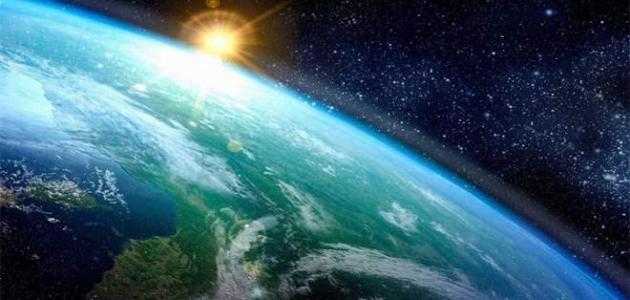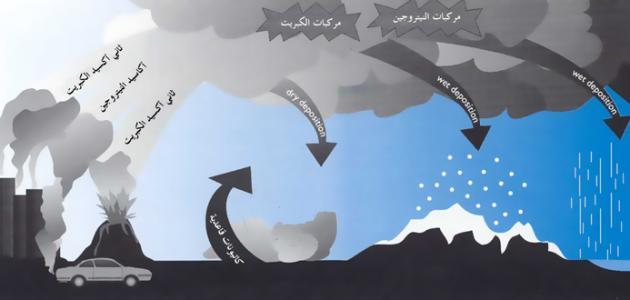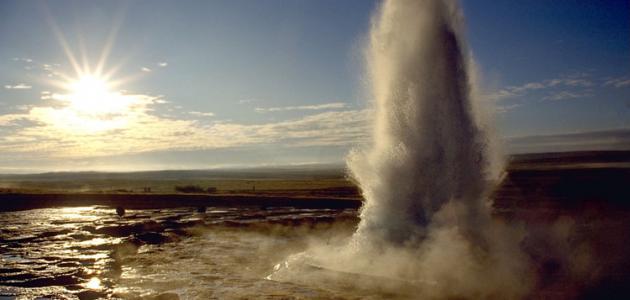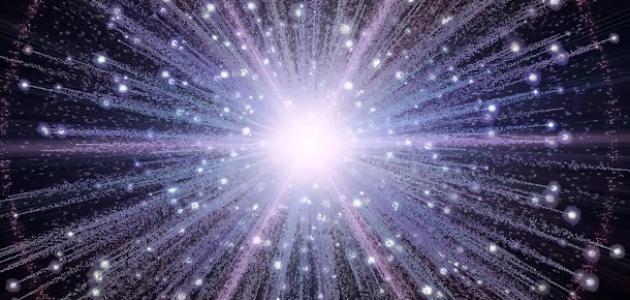Cosmic phenomena
We can define cosmic phenomena as everything that happens in the universe outside the will of man, that is, he cannot cause it, accomplish it, stop it, or limit it. No human being can influence the universe and celestial bodies, such as eclipses, eclipses, the fall of meteors and meteorites, and other cosmic phenomena, since they are in the hands of others. Creator Almighty. In this article, we will discuss some rare cosmic phenomena.
The most prominent rare cosmic phenomena
Among the most prominent rare cosmic phenomena are the following:
- Comet Halley: It is a comet that visits the Earth every (76) years, according to astronomers’ estimates, and it consists of dust and ice. It is approximately (14) kilometers long and (8) kilometers wide, and the last time it visited the Earth was in the year ( 1986 AD).
- The position of the planet Venus in front of the sun (venus sun): It is one of the rarest cosmic phenomena, as the planet Venus passes in front of the sun and appears as a black dot when viewed from the Earth. This happens when the planet Venus is between the Earth and the sun, and this happens every (105) years. He was last seen in June 2012.
- Comet ISON: It is a comet that approached the sun, and it is one of the phenomena that may not be repeated. In the year (2013 AD) this comet reached the closest point to the sun at a distance of (1.2) million kilometers, and scientists believe that this comet disintegrated when it approached. From the sun, its temperature reached 2760 degrees, which is sufficient to break up the comet's rocks and ice.
- The sun’s perpendicularity to the equator: This phenomenon occurred on March 20, 2015 AD. It is a phenomenon called the “Equinox” phenomenon, since on that day night and day were completely equal.
- Giant lunar eclipse (moon eclips): It is a rare cosmic phenomenon. It occurs when the moon is very close to the Earth during the moments of its fullness (it becomes a full moon), and it appears glowing red and appears huge. This phenomenon is also called the “blood moon” due to the intensity of its redness. It is said that this phenomenon could occur again during the year 2033 AD.
- Star death: It is the end of the star's nuclear fuel and the cessation of its thermonuclear reactions. This phenomenon occurs when the star loses a huge amount of energy through the reaction that occurs on its surface, which consumes the hydrogen reserve. Then the size of the star decreases, and it may explode because its core is thermal. He stopped, heavy elements piled up around him and he became cold and lifeless.









